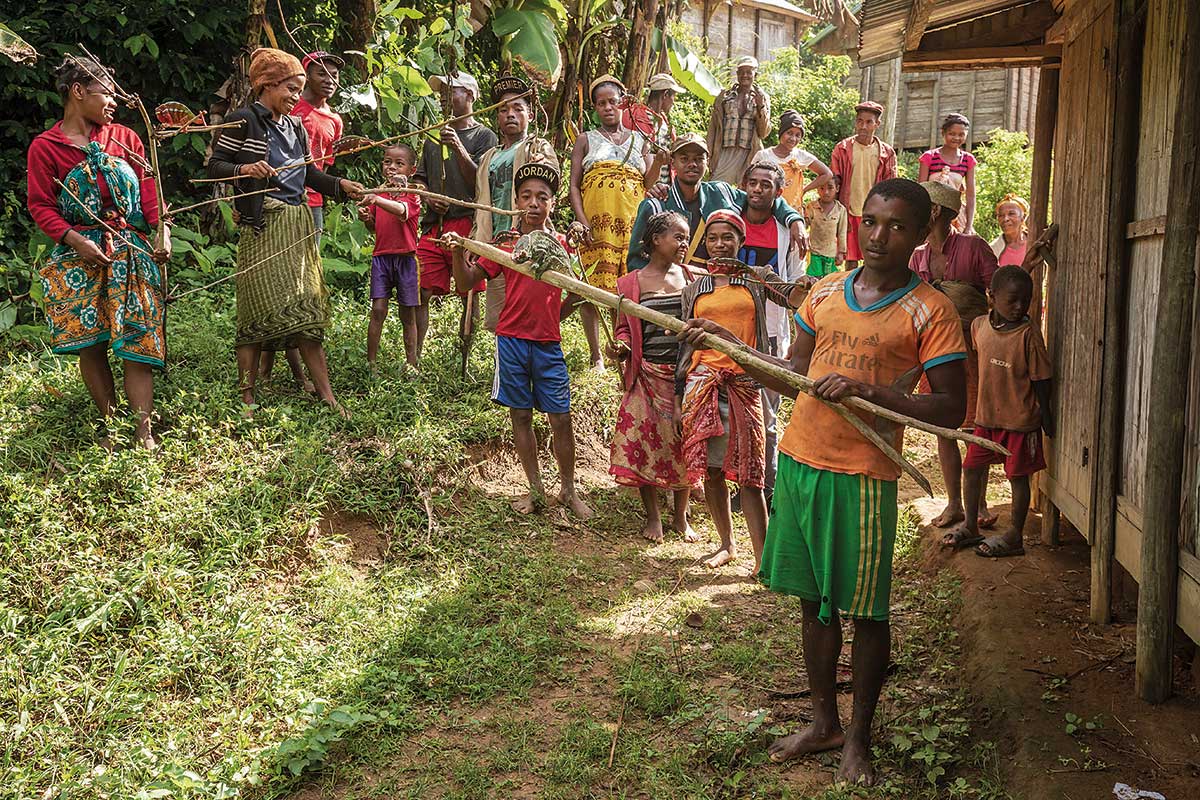Search
Amphibians are the most endangered group of vertebrates on the planet. Factors such as habitat destruction and climate change are pushing them towards extinction.
The pressure against poaching has increased, but the two species of gorillas (Gorilla gorilla and G.beringei) remain in critical danger. Now more than ever, the future of gorillas depends on us.
The chinstrap penguin, a bio-indicator of changes in Antarctic ecosystems, is in dramatic decline due to temperature changes that affect the abundance of its prey.
Some phasmids can change colour or imitate the characteristic swaying of branches and leaves in the wind.
There is a great diversity of organisms that have adapted to live among us. Not only arthropods, but also vertebrates such as geckos, bats, owls and, in some highly urbanised countries, even foxes, deer, and bears.
The International Union for Conservation of Nature has listed them as «endangered». In particular, the West African subspecies – the one pictured here – is listed as «critically endangered».
Dead Vlei is a natural treasure capable of thrilling any nature lover. Located in Namibia’s Namib-Naukluft National Park, it is guarded by some of the largest dunes on the planet.
Ants are as common as they are special. They can be found in nearly every corner of the Earth, and their ability to organise themselves is remarkable.
The trade in wild species generates great economic wealth on a global scale. The regulation of this trade must take into account many complexities.
Our empathy for other organisms decreases the further they are removed from us on the tree of life. Photography can change this perception.
The description of the «Valencian wood fairy» or Valenciolenda fadaforesta (Hoch & Sendra), a new species and genus, was recently published.
Tourism-oriented animal abuse, geared towards the search for snapshots of «wild» animals, has increased in recent years.
The number of species catalogued as fluorescent increases each day, and UV lights can help us to find some that are only active during the night, generating a wide range of creative resources to photograph them.
The hat connect with our complacency in the face of global biodiversity loss and habitat fragmentation.
Although humans' irresponsible and indiscriminate use of the natural environment could be one of the causes behind the recent coronavirus crisis, bats have been targeted for their role as natural reservoirs of zoonotic pathogens.
Using an external flash placed above the snake, accompanied by a high shutter speed, allowed me to freeze one of those chemosensory licks that the snake used to try to decipher its surroundings.
Baobabs have to face the loss of habitats due to agriculture, water scarcity, disease, and the disappearance of seed disseminators.

















